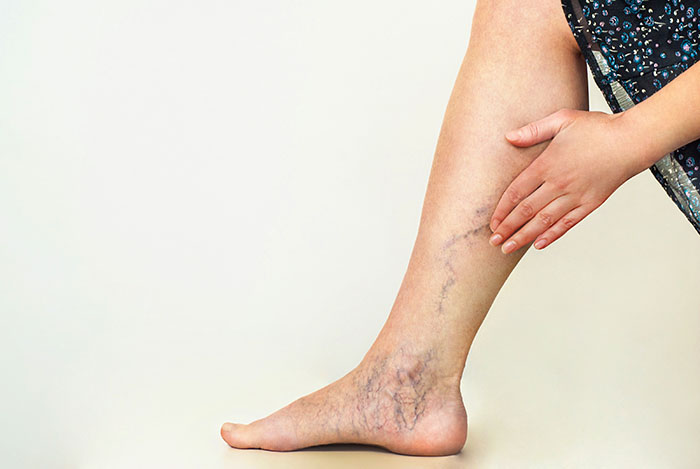
Varicose Veins and Compression Socks
Varicose veins look swollen and twisted and you can see them just under the skin. Although they generally occur in your legs, they can form in other parts of your body as well. The veins in your body have one-way valves that help keep blood flowing towards your heart. If these valves become weak or damaged, blood can back up and pool in your veins. This in turn causes your veins to swell, which can then possibly lead to varicose veins and ulceration.
In addition to contributing to circulation issues, varicose veins can also be unsightly and cause a person to feel self-conscious, but don’t worry, they are a common occurrence and can be treated!
Are Varicose Veins Common?
Varicose veins are fairly common. Though, some people are at more risk to have them than others. You are more at risk to get varicose veins if you:
- Are older
- Have an occupation that involves a lot of standing
- You're female
- Overweight
- Don't exercise
- Are experiencing a hormonal event like pregnancy, puberty, or menopause
- Have a history of blood clots
- Are experiencing any condition that causes increased pressure on your abdomen, such as tumours, constipation, or if you wear tight garments like girdles
- Have a family history of varicose veins.
Signs and Symptoms of Varicose Veins
Even if you can’t see them, you could have varicose veins. If you are experiencing any of these signs or symptoms, you may want to talk to your chiropodist. With varicose veins you should seek treatment as soon as possible to avoid them from getting worse:
- An aching or cramping in your legs
- Tiredness or restlessness feeling in your legs
- Burning, throbbing, tingling or heaviness feelings
- In women, symptoms can be worse during pregnancy or menstrual cycles.
Ways to Help Eliminate Varicose Veins
If you already have varicose veins, there are a few things you can do to help eliminate them or help stop them from getting worse, such as:
- Compression socks – Compression therapy is considered the “first line of treatment” for varicose veins. Compression is safe and effective. Medical Foot Solutions carries the SIGVARIS line of compression socks and stockings that can help with varicose veins. Compression socks are exactly what they sound like. They compress your legs and help to improve circulation, relieve fatigue and prevent swelling in your legs.
- Improve your health – Walking is the single best way to minimize the development of varicose veins. The “pumping” action of the calf muscle greatly helps the blood return to the heart and prevents it from pooling in the legs. Reducing your weight can also be highly effective at preventing the formation of varicose veins.
- Watch your positioning – When you’re resting or sitting, don’t cross your legs. Doing this can cause varicose veins to worsen.
- Wear loose clothing – Besides compression socks, try to avoid tight-fitting pants, shorts and undergarments.
- Avoid long periods of standing – If at all possible, try to stay away from standing for too long. This can aggravate varicose veins and make them worse.
More Extreme Treatment Options for Varicose Veins
If compression socks and a lifestyle change hasn’t helped your varicose veins go away or if they’re getting worse, there are a few more options available to you, including:
- Sclerotherapy
- Endogenous laser treatment
- Radiofrequency occlusion
- Surgery
- Lasers and intense pulsed light.

